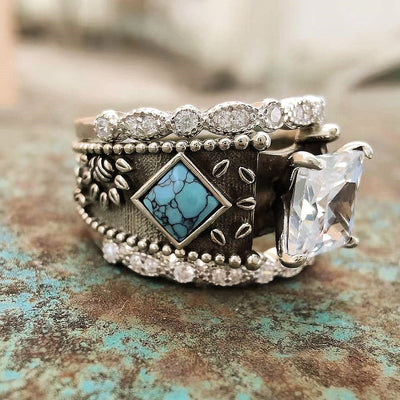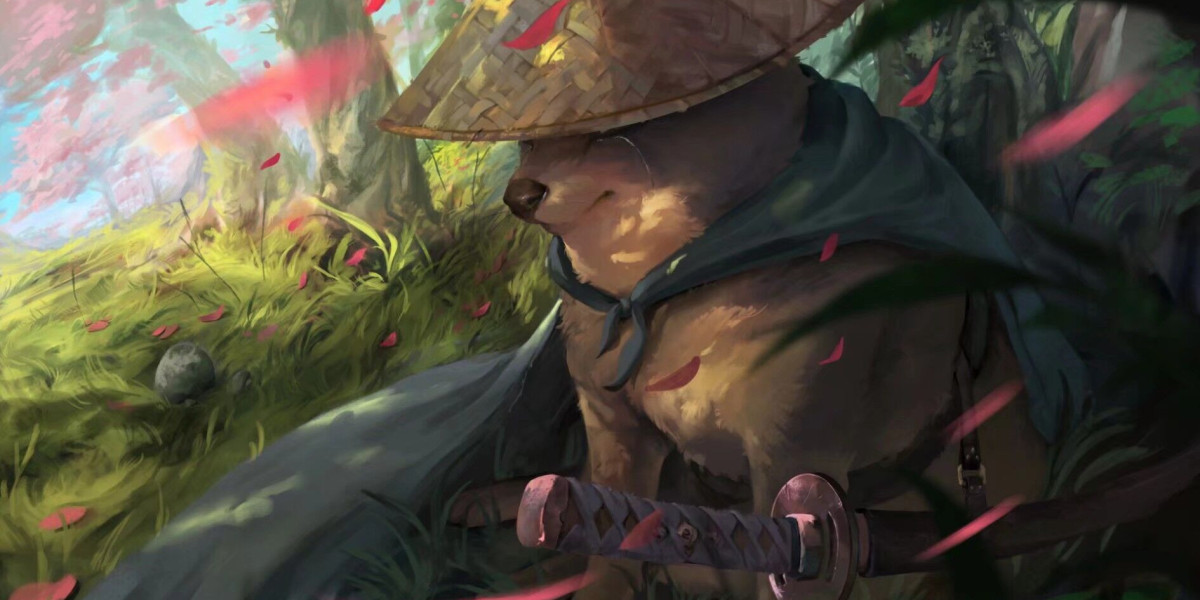Unlock the Mystique: Discover the Allure and Rich History of Turquoise Engagement Rings!
In recent years, turquoise engagement rings have surged in popularity, captivating couples seeking something unique and meaningful to symbolize their love. Unlike traditional diamond rings, turquoise offers a vibrant splash of color, making it a striking alternative that stands out. The allure of turquoise lies not only in its breathtaking hues but also in the rich history and symbolism associated with this stunning gemstone. In this article, we will delve into the unique characteristics of turquoise, its historical significance, and modern trends that have made turquoise engagement rings a beloved choice for couples worldwide.

The Unique Characteristics of Turquoise Engagement Rings
Turquoise is a captivating gemstone known for its unique physical properties, including its stunning color variations that range from deep blue to vibrant green. The color of turquoise is primarily due to the presence of copper and iron, which results in its mesmerizing hues. The clarity of turquoise can vary, with some stones exhibiting a solid color while others display beautiful veining, known as matrix. This natural pattern adds character and individuality to each piece, making no two turquoise engagement rings identical.
The texture of turquoise is typically smooth, giving it a polished, luxurious feel when set in jewelry. When designing engagement rings, jewelers often embrace the organic nature of turquoise, incorporating it into various styles ranging from bohemian to contemporary. The natural variations in each stone allow for creative designs that can include intricate settings and complementary materials, such as gold or silver. As a result, turquoise engagement rings become not just pieces of jewelry but personalized expressions of love and commitment.
The Symbolism and Meaning Behind Turquoise
Turquoise holds a significant place in many cultures throughout history, often symbolizing protection, healing, and love. In Native American traditions, turquoise is regarded as a sacred stone, believed to bring good fortune and ward off negative energies. It has long been associated with the sky and water, representing harmony and balance. This deep-rooted symbolism enhances the emotional value of turquoise engagement rings, making them a powerful choice for couples who wish to convey meaningful sentiments.
Moreover, turquoise is often seen as a stone of communication, promoting honest expression and emotional healing. For couples embarking on a lifelong journey together, an engagement ring featuring turquoise can serve as a reminder of their commitment to open dialogue and mutual support. Friends of mine who have chosen turquoise engagement rings often share how the stone resonates with their relationship's essence, reflecting their unique bond and shared values.
A Rich History: Turquoise Through the Ages
The allure of turquoise is not new; it has been cherished for thousands of years across various cultures. In ancient Egypt, turquoise was used in jewelry and burial artifacts, associated with protection in the afterlife. The Egyptians believed that wearing turquoise could bring peace and protection, making it a favored gemstone among pharaohs and nobles. Similarly, Persian cultures valued turquoise for its striking color and believed it to be a powerful talisman against evil.
In the Americas, particularly among Native American tribes, turquoise has long been revered as a symbol of life and prosperity. It was often incorporated into ceremonial attire and jewelry, believed to carry the power of the earth and sky. Historical figures such as the Aztec king Moctezuma II also adorned themselves with turquoise, showcasing its significance in their culture. This rich history not only contributes to the gemstone's allure but also enhances its status as a meaningful choice for engagement rings today.
Modern Trends in Turquoise Engagement Rings
Today, turquoise engagement rings are at the forefront of modern jewelry trends, appealing to couples looking for alternatives to traditional diamond rings. Contemporary designs often feature turquoise set in various styles, including vintage-inspired settings, minimalist bands, or elaborate designs that showcase the stone's unique character. The rise of personalized and custom jewelry has also contributed to the popularity of turquoise, allowing couples to create bespoke pieces that reflect their unique love story.
More and more couples are embracing the idea of non-traditional stones in their engagement rings, with turquoise leading the charge. With its captivating colors and rich history, turquoise serves as a perfect representation of enduring love and individuality. Friends who have opted for turquoise engagement rings often express how their choice reflects their personalities and the distinctive qualities of their relationships, making it a true symbol of their commitment.
Embracing the Allure of Turquoise Engagement Rings
In summary, turquoise engagement rings offer a beautiful blend of uniqueness, rich history, and deep symbolism. From their stunning physical characteristics to the powerful meanings behind the stone, turquoise rings stand as a compelling alternative to traditional engagement options. As couples continue to seek ways to express their individuality and commitment, turquoise engagement rings emerge as a meaningful choice that encapsulates the essence of love. Consider the allure of turquoise as you embark on your journey of love, and let this gemstone tell your unique story.






